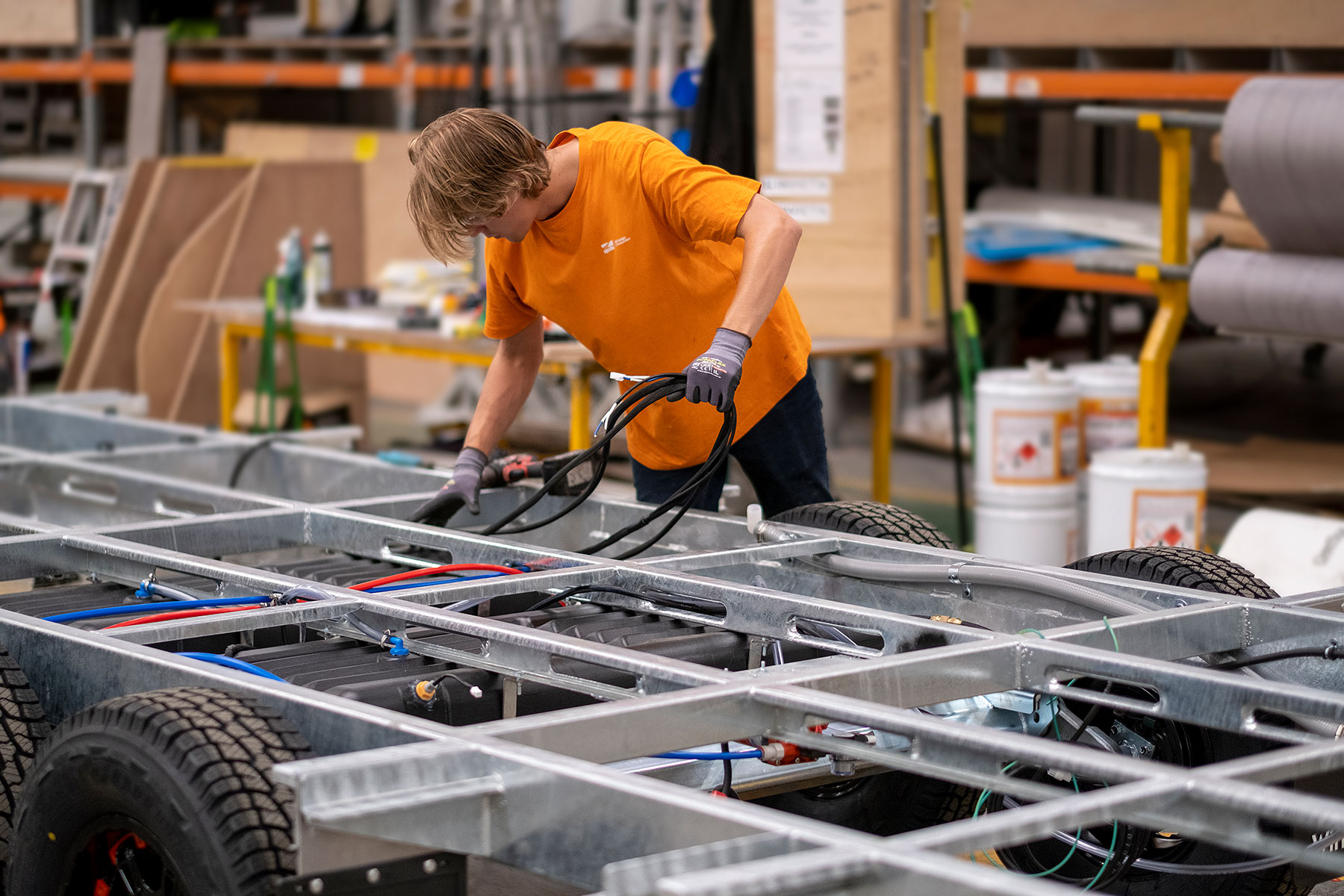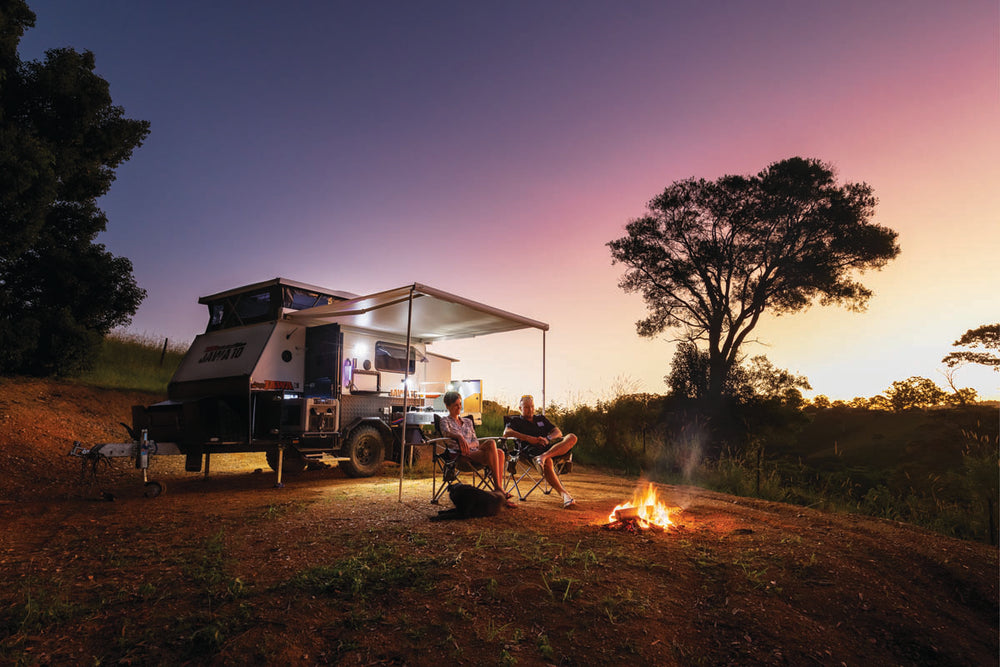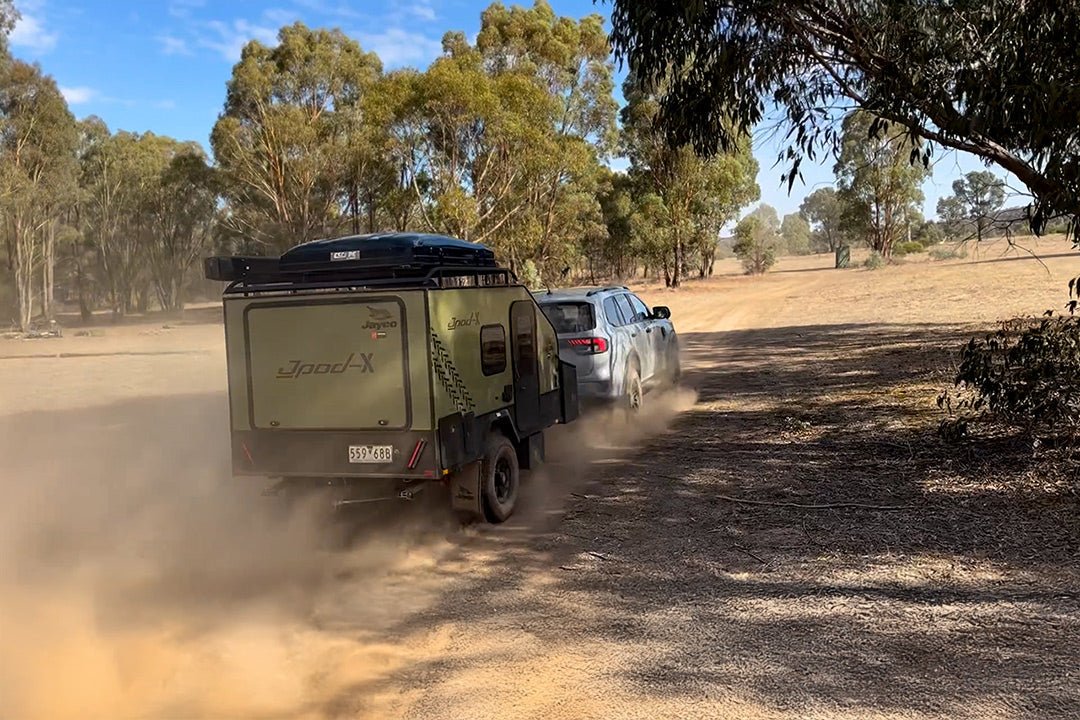Apollo Factory Tour

When Apollo bought out the West Australian caravan builder, Fleetwood, to take over production of the Windsor and Coromal brands, they became one of our largest RV manufacturers. Windsor and Coromal are heritage brands with histories going back to the 70s, but the takeover has given these makes a new lease of life with improved construction and modern layouts.
The caravan-building division is part of the monster Apollo Tourism and Leisure Company, which also builds motorhomes for the retail market and for its vast hire fleet. Apollo is a multinational business with operations in New Zealand, Canada, the US and Europe, and the Australian division not only builds the vans, but it also sells them through its own dealer network across all mainland states.
When the two new brands came under the Apollo umbrella, the company already had broad experience building the Winnebago and Talvor models, where the rough and tumble of the hire fleet gave the team valuable experience embedding durability and liveability into Apollo’s products.
Production of the Windsor models moved to the sprawling 20,000sqm factory complex in Northgate in Brisbane’s north, while the Coromals are built in Melbourne. The Northgate factory is a genuinely modern facility with a rapidly growing workforce and an ever-increasing production capability.
My first impression on entering the factory was how vast and well organised it was. The plant has been set up under federal standards and has RVMAP approval with rows of automotive-style assembly lines for motorhomes, campers and caravans. Windsor offers a compact range of four models in three lengths, including a 17'6" single axle van, two 19'6" models in couples and family versions and a 22' family van.

Production starts when the hot dip galvanised chassis rolls in and is fitted with its AL-KO suspension. The chassis is built in Melbourne at Hilton Chassis and is engineered with a heavy-duty A-frame and main rails of 150 x 50mm RHS for added strength. The standard vans are engineered as semi-offroad tourers, so the AL-KO rubber torsion suspension is a proven system that effectively handles long sections of corrugations. A Cruisemaster trailing arm suspension is an option for more rugged travel.
Once wheels are fitted, the chassis moves along the line where workstations add water tanks, battery compartments, the tow hitch and the one-piece floor.
Internal furniture is all completed in house in a large factory within the main building. The joinery is cut on CNC saw benches from sustainable European lightweight ply. As each van's cabinetry is completed, it is loaded onto trollies for delivery to the fit-out workstation. Here the team installs cabinets, tables, benches, beds and the single-section fibreglass shower before walls are added. Finally, the electrical and plumbing leads are run, and the openings are sealed and made neat with vinyl covers where appropriate.
The wiring looms for the 12V and 240V installs are assembled in-house, making the processing time effective and straightforward. Licensed electricians and plumbers certify the installation of electrics and gas.
Apollo has long used sandwich panel walls to construct its RV products. The panels have 3mm fibreglass facings around a 28mm closed foam cell insulation. The benefits are a sturdy monocoque construction and optimum insulation from sound and temperature. In addition, the panels are timber free, so they won’t rot if subjected to water ingress and are relatively easy to repair after an accident.

The composite sandwich panel walls are locally sourced from a specialist composite panel manufacturer and are CNC cut to close tolerances for the outside shape and the window and door openings. This close fit and high-quality sealants ensure weatherproofing. The walls fit into special channels in the chassis and have aluminium extrusions where the sides and ends are permanently bonded in place.
The roof is a single sheet of composite. To allow it to bend at the ends, sections of the foam are cut, and the long panel is permanently bonded in place. More sealant is added at the joins, and cover strips add extra protection. Finally, a layer of checkerplate fits over the lower sections of the sides, and the graphics are applied as the van heads towards completion.
The plumbing and wiring under the van are neat and well out of harm's way. Little things like saddles and rollers for the handbrake cable add to the van’s ease of ownership and show practical attention to detail.
A final series of quality assurance checks everything is as it should be, and the vans are on their way.
RELATED ARTICLES:
Composite Construction Caravans with Apollo RV







